|
Camouflage an interactive stereoscopic installation by Zoltán SZEGEDY-MASZÁK and Márton Fernezelyi, 2002 |
|
Related work: ExAltarcation (2001-2002), Promenade (1998/2002), Point of View (2004)
|
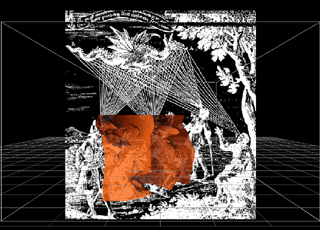
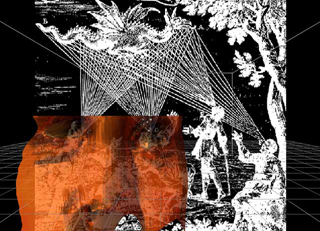
|
|
Camouflage is an interactive stereoscopic VR installation focusing on the space-detection and form recognition capabilities of our visual perception system. |
|
|
|
Camouflage has been developed for the exhibition "Vision - Image and Perception" in 2002, thus it is addressing the "magic talent" of the human visual perception system in recognizing familiar objects. The process of realizing the virtual reliefs is similar to the situation when we are able to identify a friend's face from a huge crowd of people in a public space. The installation emphasises the moments of dissosiation of a familiar object from the chaotic data-cloud of spatial structures.
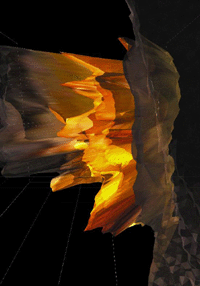
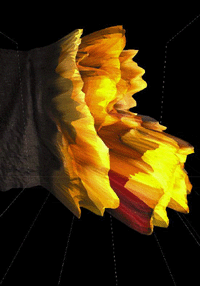
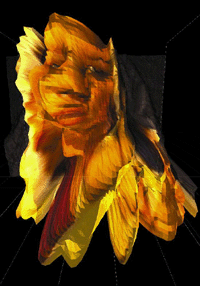
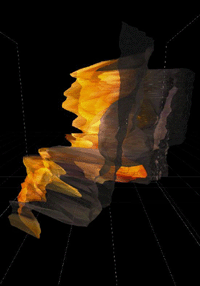
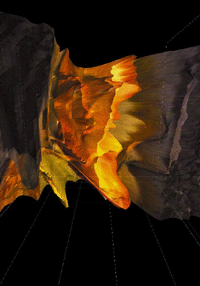
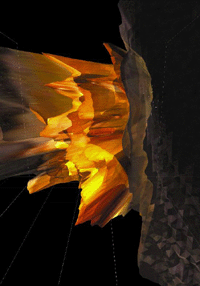
In the installation-space visitors are able to experience worlds - built of human faces - "from within". The fact, that the recognizable face-reliefs are sometimes not properly constructed according to the geometry of the human scull, points to another important discovery of neuroscience, namely that spatial navigation and object recognition are completely different tasks of the human brain. 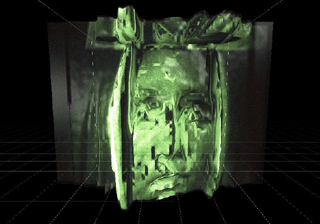
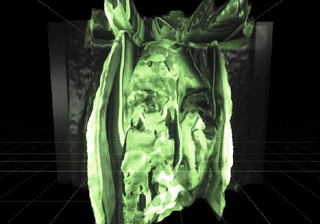
The interface of Camouflage is an ultrasonic position tracker built into a torch: the position measured by the tracker directs the position of the viewpoint in the virtual space. By walking in the exhibition room while holding the navigation-device the visitor can explore the dynamically changing virtual space, in which the geometry of the scene is continuously being modified according to the viewer’s motion. By approaching the projection screen (virtually stepping through the picture) the visitor can step into a new space: in a certain distance the virtual world will automatically switch to the next room, where other worlds await the visitor. |